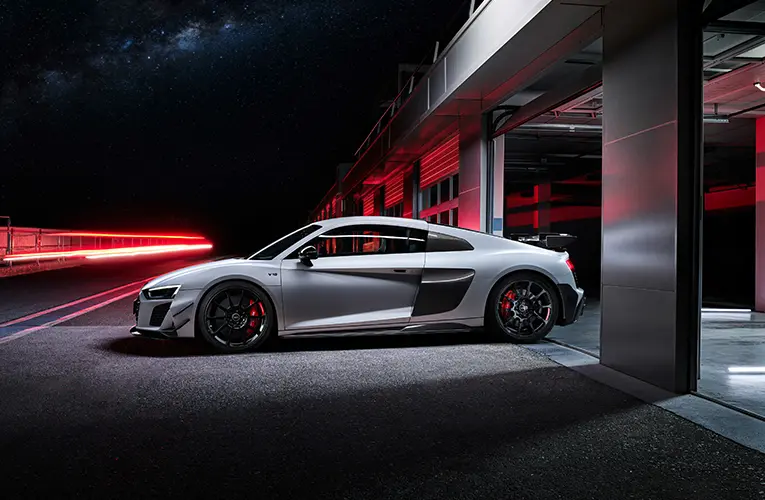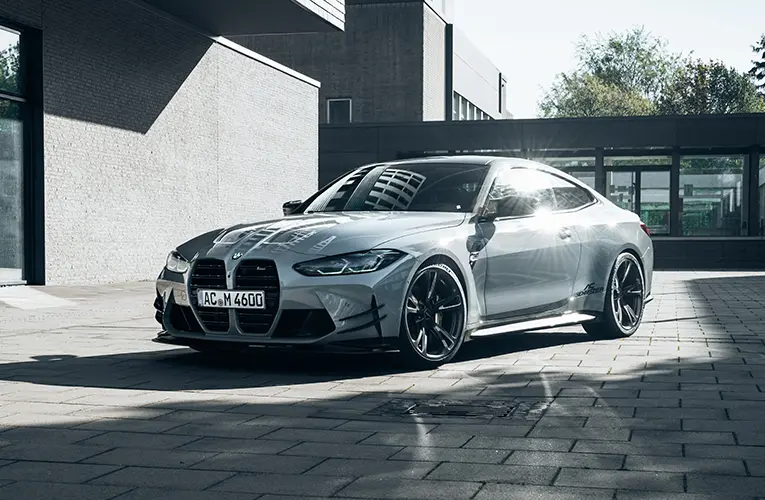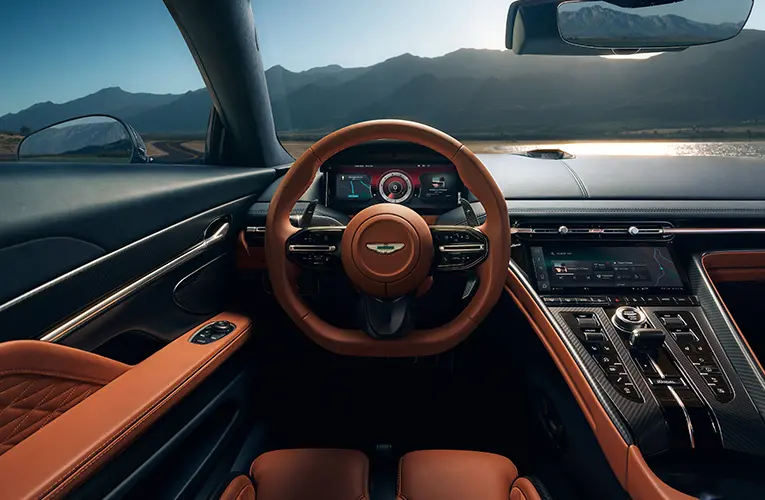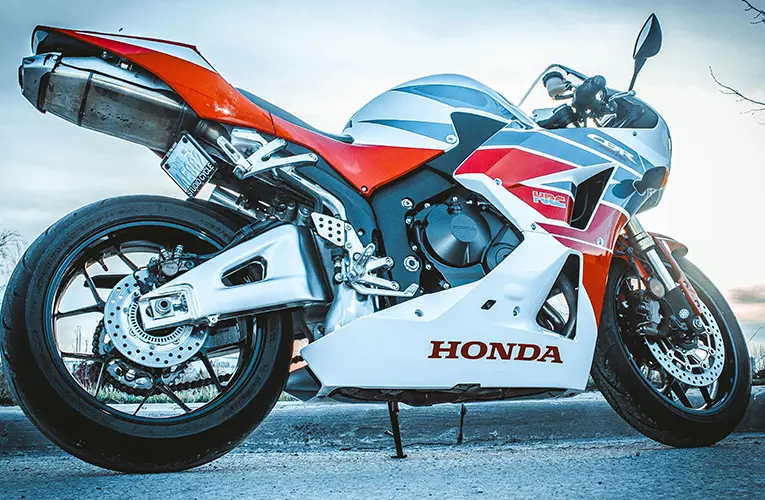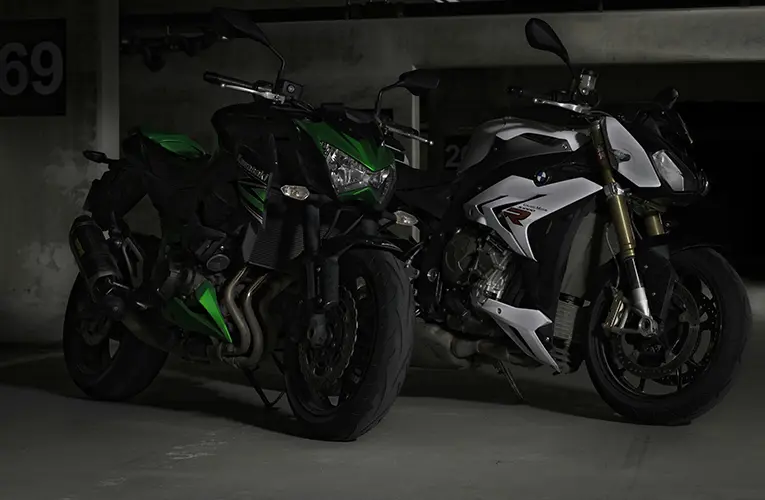“Comprehensive Guide to Choosing the Perfect Bike: From Road Bikes to Mountain Bikes and Beyond”
### Comprehensive Guide to Choosing the Perfect Bike: From Road Bikes to Mountain Bikes and Beyond
Selecting the right bike can significantly impact your riding experience, whether you’re commuting, racing, or hitting the trails. With various types of bikes designed for different purposes, it’s essential to understand what’s available and what suits your needs best. This guide covers everything from road bikes to mountain bikes and beyond, helping you make an informed decision.
—
## 1. **Understanding Bike Types**
### 1.1 **Road Bikes**
#### **Features:**
– **Frame:** Lightweight, aerodynamic design.
– **Wheels:** Narrow, high-pressure tires for speed.
– **Gearing:** Typically high gear ratios for speed on paved roads.
#### **Best For:**
– Road cycling, long-distance rides, racing.
– Smooth, paved surfaces.
#### **Considerations:**
– **Comfort vs. Speed:** Road bikes prioritize speed and efficiency. Consider a model with a relaxed geometry for added comfort on long rides.
– **Handlebars:** Drop handlebars are common, providing multiple hand positions and aerodynamic benefits.
### 1.2 **Mountain Bikes**
#### **Features:**
– **Frame:** Durable with a robust design to handle rough terrain.
– **Wheels:** Wide, knobby tires for traction on uneven surfaces.
– **Suspension:** Front (hardtail) or full (front and rear) suspension for shock absorption.
#### **Best For:**
– Off-road trails, rugged terrain, mountain biking.
#### **Considerations:**
– **Suspension:** Full suspension bikes offer better control on rough trails but can be heavier and more expensive.
– **Gear Range:** A wide gear range is beneficial for tackling varied terrain.
### 1.3 **Hybrid Bikes**
#### **Features:**
– **Frame:** Combines features of road and mountain bikes.
– **Wheels:** Medium-width tires suitable for a variety of surfaces.
– **Gearing:** A moderate range, offering versatility.
#### **Best For:**
– Commuting, casual rides, mixed-terrain riding.
#### **Considerations:**
– **Versatility:** Hybrid bikes are great for general-purpose riding and can handle both paved and unpaved surfaces.
– **Comfort:** Look for models with a comfortable seat and upright riding position.
### 1.4 **Cruiser Bikes**
#### **Features:**
– **Frame:** Sturdy with a relaxed geometry.
– **Wheels:** Wider tires for comfort and stability.
– **Gearing:** Usually single-speed or with a limited gear range.
#### **Best For:**
– Leisurely rides, short commutes, casual use.
#### **Considerations:**
– **Comfort:** Focuses on comfort and style rather than speed or performance.
– **Design:** Often features a vintage or retro design.
### 1.5 **Electric Bikes (E-Bikes)**
#### **Features:**
– **Frame:** Similar to traditional bikes but includes a battery and motor.
– **Wheels:** Can vary from road to mountain bike designs.
– **Gearing:** Often has a standard gear system with added electric assist.
#### **Best For:**
– Commuting, long-distance rides, those needing assistance with hills or long distances.
#### **Considerations:**
– **Battery Life:** Check the range and charging time.
– **Motor Power:** Different levels of assist can impact the riding experience.
—
## 2. **Choosing the Right Size**
### 2.1 **Measure Your Inseam**
– **How To:** Stand with your feet about 6 inches apart and measure the distance from the floor to your crotch. This measurement helps determine the frame size.
### 2.2 **Check Manufacturer Size Charts**
– **How To:** Refer to the bike manufacturer’s size chart, which correlates your inseam measurement to frame sizes.
### 2.3 **Test Ride**
– **How To:** Visit a bike shop and test ride different sizes to ensure a comfortable fit and proper handling.
—
## 3. **Assessing Bike Features**
### 3.1 **Gearing**
– **Types:** Single-speed, internal hub gears, derailleur systems.
– **Considerations:** More gears offer greater versatility, while single-speed can simplify maintenance.
### 3.2 **Brakes**
– **Types:** Rim brakes, disc brakes (mechanical or hydraulic).
– **Considerations:** Disc brakes provide better stopping power in all weather conditions, while rim brakes are lighter and more affordable.
### 3.3 **Suspension**
– **Types:** Front suspension (hardtail) or full suspension (front and rear).
– **Considerations:** Choose based on the terrain you’ll be riding; full suspension offers more comfort on rough trails.
### 3.4 **Frame Material**
– **Materials:** Aluminum, carbon fiber, steel, titanium.
– **Considerations:** Lighter materials like carbon fiber are ideal for racing, while steel offers durability and comfort for commuting.
—
## 4. **Additional Accessories**
### 4.1 **Helmet**
– **Importance:** Essential for safety.
– **Types:** Road helmets, mountain helmets with visors.
### 4.2 **Lights and Reflectors**
– **Importance:** Increases visibility for safety.
– **Types:** Front and rear lights, reflective tape or clothing.
### 4.3 **Lock**
– **Importance:** Protects your bike from theft.
– **Types:** U-locks, chain locks, folding locks.
### 4.4 **Bike Pump and Repair Kit**
– **Importance:** For emergency repairs and maintenance.
– **Types:** Mini pumps, patch kits, multi-tools.
—
## 5. **Budget Considerations**
### 5.1 **Determine Your Budget**
– **Range:** Bikes can range from a few hundred to several thousand dollars.
– **Considerations:** Balance your needs with the features you want within your budget.
### 5.2 **Prioritize Features**
– **Essential vs. Optional:** Focus on essential features and consider optional upgrades as budget allows.
—
## Conclusion
Choosing the perfect bike involves evaluating your riding style, terrain, and personal preferences. By understanding the different types of bikes and their features, you can select a bike that meets your needs and enhances your riding experience. Don’t forget to test ride and consult with bike experts to ensure the best fit and performance for your new bike.
